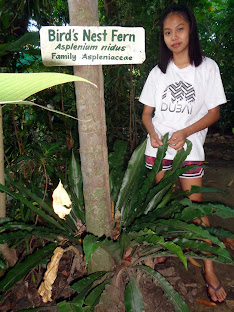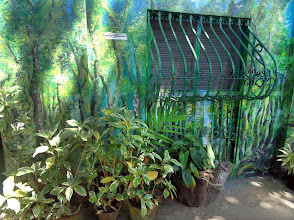Happy 88th Anniversary
Founding of Bannawag, the leading
Ilokano Magazine, November 3, 1934
Dr Abe V Rotor
Columnist (Okeyka Apong)
Bannawag Magazine
On November 3, 1934, Bannawag, a leading Ilokano Magazine which is considered as one foundation of the existence of contemporary Ilokano literature, was founded.

January 1, 1968 cover
Bannawag, an Iloko word meaning "dawn", contains serialized novels/comics, short stories, poetry, essays, news features, and entertainment news, among others.
Every Ilokano writer has proved his mettle by publishing in Bannawag -- either his or her first Iloko short story, poetry, or essay, and thereafter his/her succeeding works in its pages.
Bannawag's first issue had a production run of 10,000 copies with a selling price of 10 centavos per copy.
The Bannawag was an instant success beyond Roces' belief.
Through the years, Bannawag underwent significant metamorphosis from its content, color, quality of paper used, page layout, and other aspects to keep up with the needs of the times.
These changes made the magazine more prestigious in its tasks in bringing entertainment, information, and inspiration to millions of readers depicting the different aspects of the Ilokano character.
Notably, Bannawag was picked by the Department of Education as one of the important references of the educational system in Ilocano-speaking areas in the country.
Read Bannawag, it is the Ilocano magazine with the largest circulation, in the Philippines and in Ilocano communities abroad - from Hawaii, Middle East on to Europe.
Read Bannawag, and learn a language learned at birth, by affinity and association, a beautiful language - both exotic and ethnic, rich, musical, expressive, a language Ilocanos carry with pride to the corners of the earth.
Read Bannawag, it is the flagship and conservator of Ilocano culture, the GI (Genuine Ilocano) imprimatur, trademark of beautiful traits and values - the Ilocano tool of survival and dominance, at home and away from home.
Read Bannawag, it is a trail blazer of the migratory and transient characteristic of the Ilocano, of his homely nature, and his homing instinct, returning to his native region in the true sense of a balikbayan.
Read Bannawag, it has the uniqueness of the super-superlative, like beauty begetting beauty ad infinitum, so to speak. (napintas, napinpintas, kapintasan - and kapipintasan) - the last word means "most, most beautiful", a rare language phenomenon.
Read Bannawag, its tonality is akin to the natural environment - tone of tenderness or firmness, tone that pierces distance or keeps closeness sacred, echoing tone over fields and rolling hills, prayerful, romantic, dirgefull.
Read Bannawag, and learn by intonation the speaker's origin, the naturalness of his accent, clear syllabication, distinct "R" and nasal contraption (likened to German) - variations indigenous to a place or extent of influence by other languages.
Read Bannawag and enjoy the myths and legends from Lam-ang the epic hero, to Angalo the legendary giant, the biblical Lakay-lakay whirlpool, and many folk tales Ilocano counterpart of the Arabian Nights and the Grimm brothers stories.
Read Bannawag, and live in the era of the Zarzuela (homegrown drama) and Moro-moro (stage play, musical comedy of Christians fighting the Moors in medieval times) , enjoy the unique musical qualities of Bannatiran (kingfisher), O, Naranniag a Bulan (Moonlight serenade), Pamulinawen (a love song) and Ayat ti Maysa nga Ubbing (Love of a Lass and an Old Man), among many compositions, original and adapted.
Read Bannawag, in an armchair travelogue of history and arts, of scenic beauty, rich biodiversity, home of living tradition, a piece of Eden created by the edges of the Cordillera range and the South China Sea meeting on a narrow strip of land like a hollow - kuloong, from which the word Iloco is derived .
Read Bannawag, and meet the great Ilocanos who led the country to greatness from Diego Silang, Ramon Magsaysay to Ferdinand Marcos; poetess Leona Florentino, heroes Antonio and Juan Luna, and Fr Jose Burgos whose ancestral home in Vigan is now a museum; met many other great Ilocanos, old and contemporary.
Read Bannawag, and it will take you back to the homeland of the simple sturdy and frugal, industrious and persistent, where brain and brawn are welded and steeled (paslep) in a sturdy body, determined mind, and throbbing heart of joy and fulfillment. ~
AUTHOR'S NOTE: Many articles in Okeyka Apong column came from selected articles from the Living with Nature - School on Blog, Paaralang Bayan sa Himpapawid (738 DZRB AM with Ms Melly C Tenorio), and lectures of the author as professor of UST, DLSU. SPUQC and UPHS. Special thanks to Messrs. Cles B Rambaud and Ariel S Tabag for their valuable assistance in the continuing publication of Okeyka Apong, 2009 to the present, ~



















































